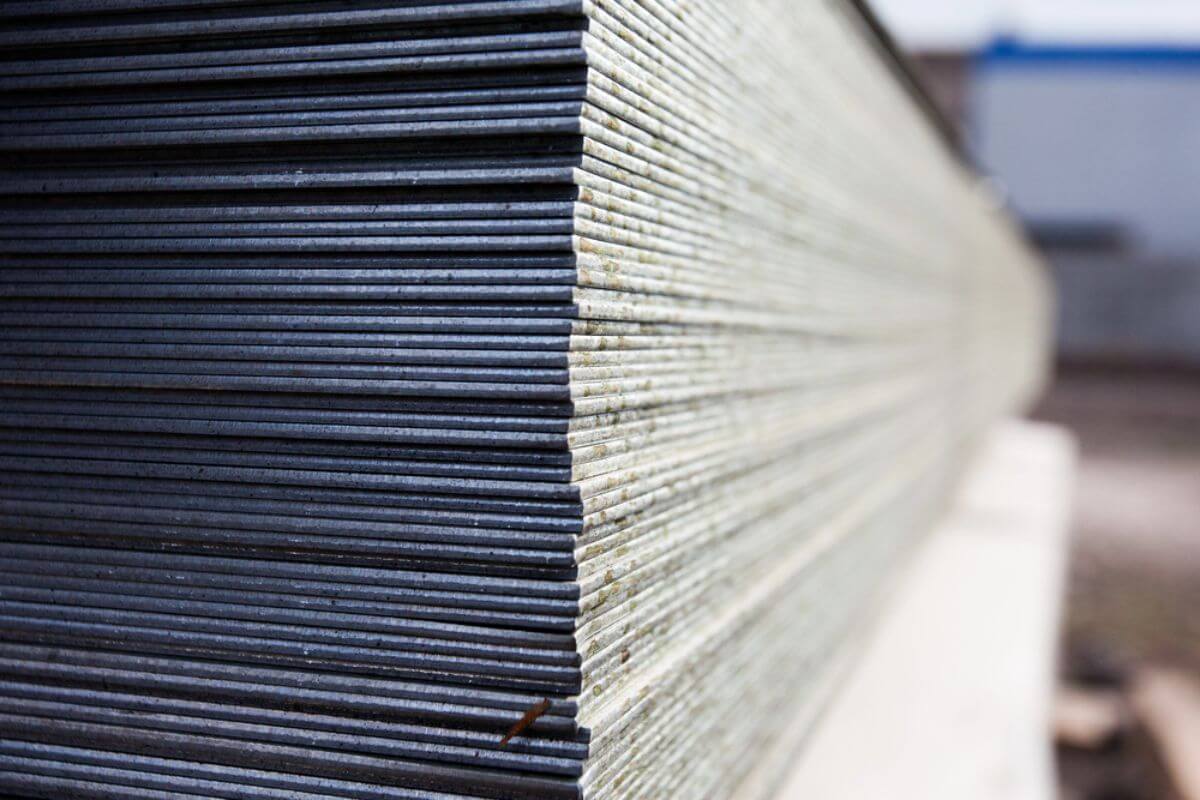What are the trends in the application of steel in building construction?
- Multi-functional steel structure
- Green construction practices
- Smart technology integration
- Modular designs
- Innovative designs
- Advance composite materials
Overview
- Steel revolutionizes building construction through multi-functional structures, green practices, and smart technology integration for enhanced efficiency and sustainability.
- Steel trends enable optimized space utilization, reduced environmental impact, real-time monitoring, and innovative designs.
- Embracing steel achieves structural integrity, sustainability, and design innovation by integrating advanced composite materials.
Building construction in the Philippines is constantly evolving, and one material that continues to revolutionize the industry is steel. It provides structural stability, withstands harsh weather conditions, and allows for flexible design options.
This article delves into the latest building construction trends of steel that will leave you demanding more. Let’s explore these trends through the lens of steel.
Multi-Functional Steel Structure

The trend of incorporating multi-functional steel structures has been gaining significant traction. This innovative approach involves designing steel frameworks that serve multiple purposes, enhancing both the efficiency and versatility of buildings.
These include steel frames with integrated HVAC systems, electrical conduits, and plumbing, minimizing the need for separate installations. Additionally, there are steel structures with built-in solar panels, rainwater harvesting systems, and green roof installations, promoting sustainability.
Some designs incorporate flexible partition walls, movable façade elements, and modular components that allow for easy customization and adaptability of spaces. These maximize efficiency, reduce construction time, and improve overall building performance.
Green Construction Practices
The adoption of green construction practices in the application of steel is a prominent trend in construction. Incorporating sustainable design principles, such as energy-efficient systems and eco-friendly materials, not only reduces the environmental impact of buildings but also enhances their long-term viability.
According to research, steel-framed structures contribute significantly to sustainable construction due to their recyclability and durability. Additionally, the use of advanced steel alloys, such as high-strength low-alloy (HSLA) steels, can reduce material consumption while maintaining structural integrity.
As a result, the building industry can forge a sustainable path forward, ensuring a harmonious coexistence with the environment for future generations.
Smart Technology Integration
With advancements in the Internet of Things (IoT) and data analytics, steel structures can now be equipped with an array of sensors, actuators, and intelligent systems to optimize building performance and enhance user experience.
Other buildings are utilizing a network of sensors and smart systems to create an efficient, sustainable, and user-centric environment. The implementation of these smart technologies also enables real-time monitoring of the building’s overall structural health, energy usage, and occupant comfort.
Modular Designs

Modular designs involve constructing building components offsite in controlled environments and assembling them at the construction site, offering numerous benefits in terms of cost, time, and flexibility. The use of steel in modular designs provides structural strength, durability, and ease of transportation.
It’s most often used to create modular, prefab buildings in the Philippines, such as a container dormitory, guard booths, site offices, and more. This trend helps reduce construction waste, mitigate disruption, and accelerate project timelines, thus revolutionizing the way we conceptualize and construct buildings in the modern era.
Innovative Designs
Architects are pushing the boundaries of creativity by exploiting steel’s unique characteristics, resulting in awe-inspiring and avant-garde structures. One striking example is the use of steel in building high-quality and reliable CCTV headquarters. Its unconventional steel structure challenges traditional architectural norms, showcasing the versatility and aesthetic appeal of steel.
Furthermore, steel’s strength-to-weight ratio enables architects to create daring and gravity-defying designs that were once deemed impossible. This trend of innovative designs not only captivates the imagination but also demonstrates the boundless possibilities that steel offers in transforming the urban landscape into visionary works of art.
Advance Composite Materials
The integration of advanced composite materials has emerged as a significant trend in applying steel. These materials, comprised of a combination of steel and other composites like carbon fiber reinforced polymers (CFRPs), offer enhanced structural performance and durability.
The use of these materials also allows for complex shapes and forms that were previously unattainable with conventional steel construction, enabling architects to push design boundaries further.
By embracing advanced composite materials, the building industry can attain higher levels of structural integrity, sustainability, and design innovation.
Key Takeaway
These are the six building construction trends using steel. Its superior strength, durability, and flexibility allow for the creation of innovative designs and multi-functional structures. It also promotes sustainability with its recyclability and integration of green technologies. Moreover, the efficiency and speed of steel construction techniques reduce project timelines and costs.
Partner with Regan Steel, the leading steel supplier in the Philippines, to embark on your construction projects and enjoy expert guidance, quality products, and customer satisfaction. Embrace the future of construction with steel and Regan Steel as your trusted partner. Contact us today to know more.






